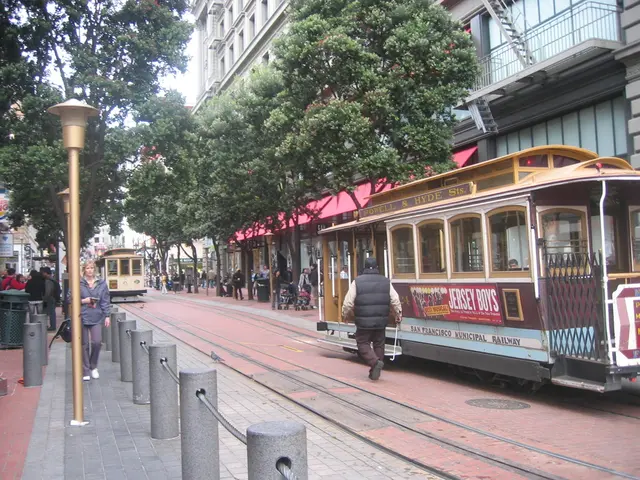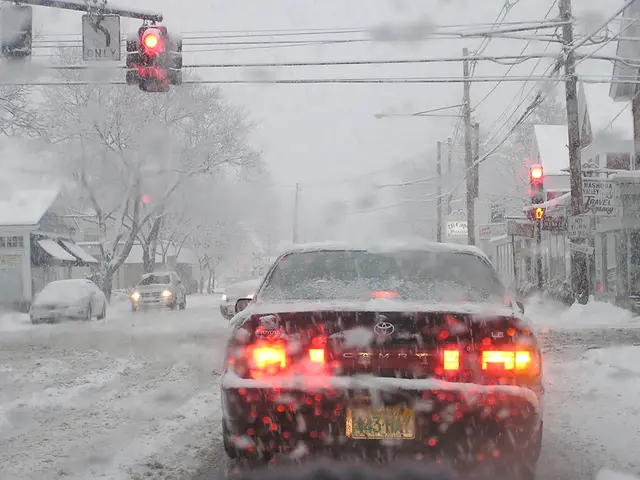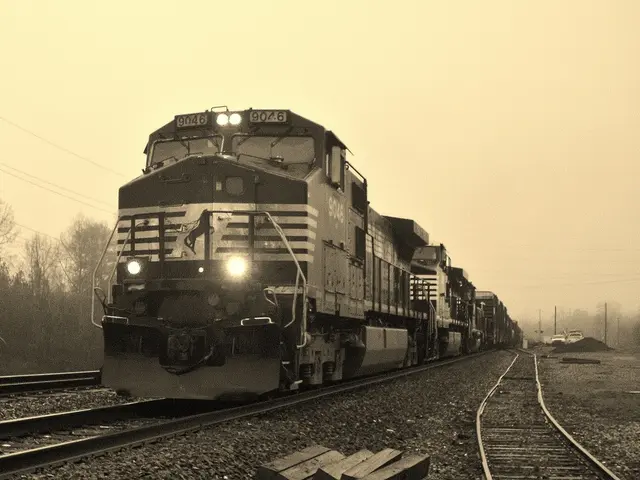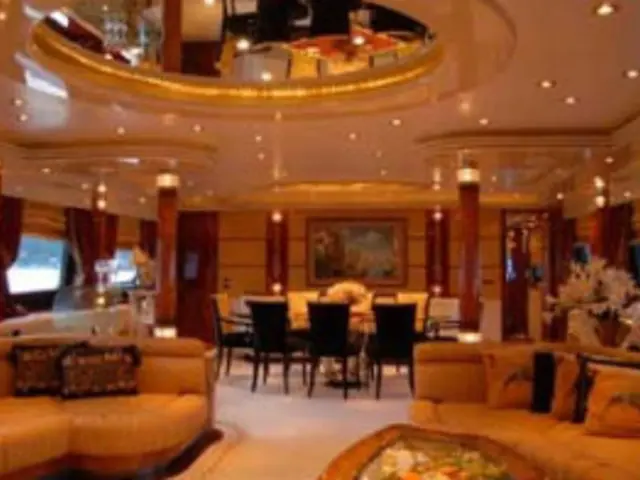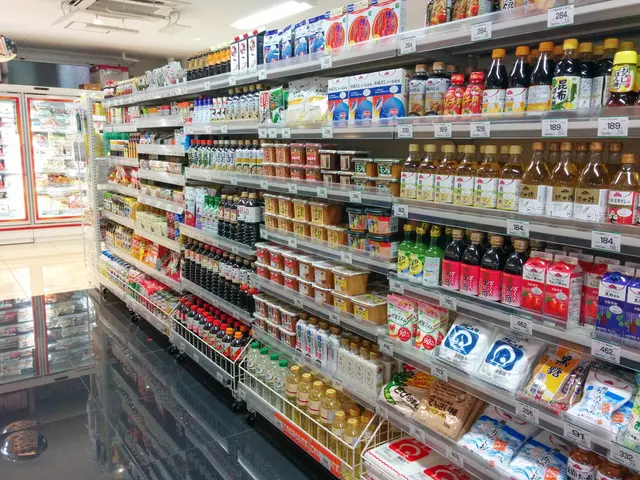Sadiq Khan advocates for the construction of green belt homes to alleviate the ongoing housing shortage problem.
In the heart of England, London's housing crisis continues to wreak havoc. Skyrocketing house prices have made homeownership an unattainable dream for many ordinary Londoners. The cost of an average terrace house in Camden has tripled compared to two decades ago, reaching over £1.5m today, while a semi-detached home in Richmond has almost quadrupled to a staggering £2m. The trend is mirrored across numerous London boroughs.
Matters are further aggravated by the drastic drop in affordable housing construction. In the year to March 2025, only 3,661 affordable homes were started under the mayor's affordable housing program, the second-lowest total since records began in 2008/9. This falls far below the target, leaving London mayor Sadiq Khan with a reality check.
Khan attributes the shortage of space as the primary reason for the lack of homes. "We simply aren't going to have - even if we build on every single piece of brownfield site - a supply of homes to meet the demand. That is the reality," Khan told City AM.
London requires approximately 90,000 extra homes each year to keep pace with demand. To achieve this, or anything close, Mayor Khan has taken a drastic, historic turn. For the first time, he is proposing the construction of homes on the green belt, a vast protected area surrounding the capital. Khan refers to this as "the biggest change in housing policy for a number of decades."
"When I was growing up, I assumed the green belt was green and pleasant land, rich in wildlife," he says. "I'm not suggesting that we build on our gorgeous parks, I'm not suggesting that we're building on our lush green spaces in London. What I am saying is we should now be actively exploring homes we can build there - with conditions."
Urban Expansion Concerns
The green belt was established in the mid-20th century to counteract a housing boom and prevent urban sprawl. It encompasses an area several times larger than London itself, effectively halting the city's borders for the past 70 years. As other major cities have expanded, the pressure on London's aging housing stock has intensified.
Despite its name, the green belt is not meant to preserve specific areas of natural beauty or valuable heritage. In fact, less than a quarter of it comprises protected conservation areas.
"The green belt was a completely undiscriminating piece of legislation - it didn't take any account of land quality - it was purely a mechanism of urban containment," Robert Colvile, director of the Centre for Policy Studies and an advocate for green belt construction, said.
Areas ripe for development include around 12% of the green belt categorized as low-grade agricultural land, of little value for farming, on which millions of homes could be built.
This strategy may form the crux of the mayor's new plan to gradually "release" pockets of the green belt for development, subject to conditions such as transportation availability.
A Change of Heart
One might question the sudden change of heart by Khan, who has been in office for over a decade - longer than any of his predecessors. Khan attributes this to a change in the government, which now seems keen on cooperating with him to tackle the housing crisis.
However, some dismiss this explanation as disingenuous, citing Khan's poor housebuilding record and lack of previous engagement on the issue. When it comes to green belt house building, opposition is likely to be strong, particularly from those living in and around the affected areas. Mayor Khan has hinted at a possible concession by stating that he will not extend his controversial ULEZ car charge scheme to any part of the green belt built on.
Following a consultation, Khan's ideas for the green belt will be outlined in a new London Plan strategy document, set to be published next year. With Khan entering the latter part of his third, and likely final, term in office, the need for a successful housebuilding record is growing increasingly urgent.
- The strategy to gradually release pockets of the green belt for development, subject to certain conditions such as transportation availability, forms a crucial part of London Mayor Sadiq Khan's new plan to address the city's housing crisis.
- The drastic change in Mayor Khan's housing policy, proposing the construction of homes on the green belt after over a decade in office, has garnered significant controversy, with opposition expected from those living in and around the affected areas.

